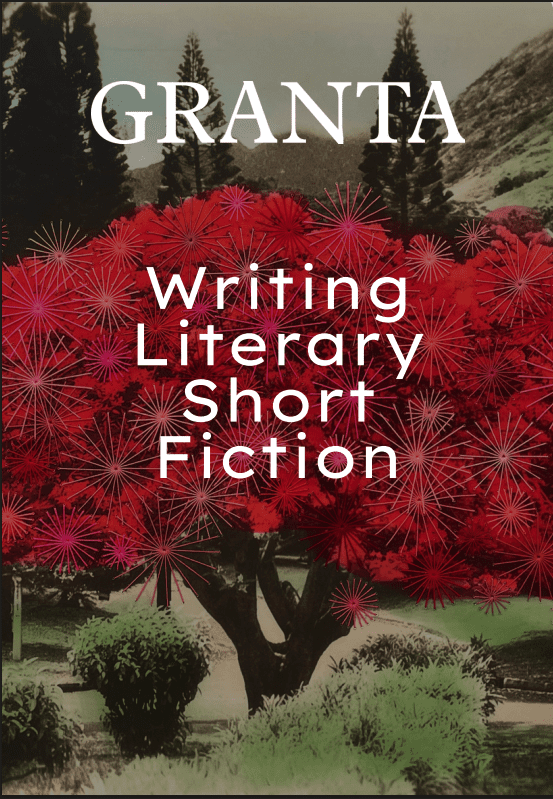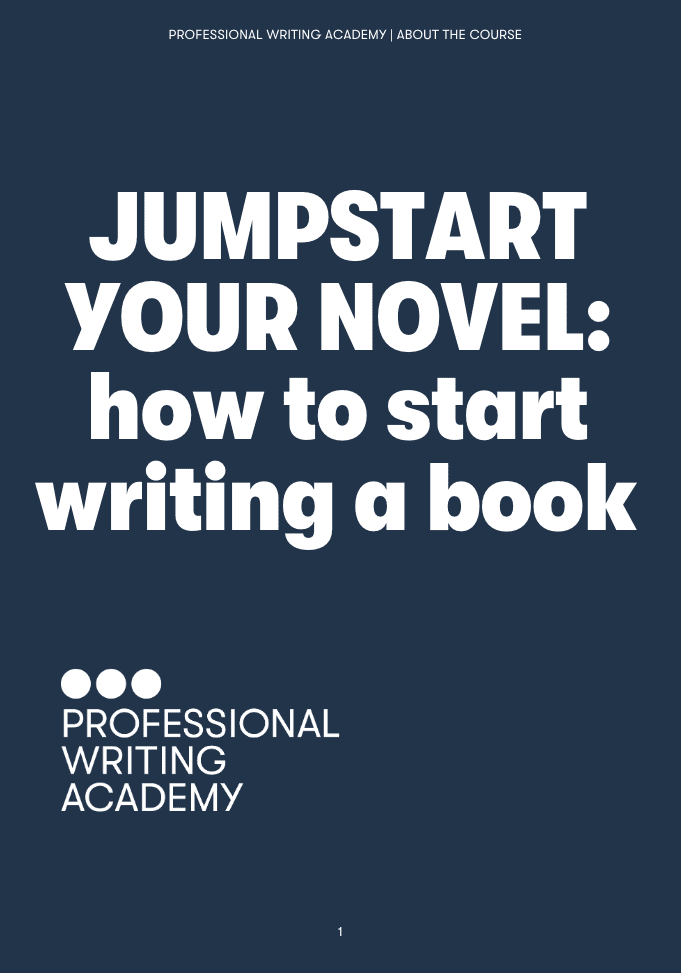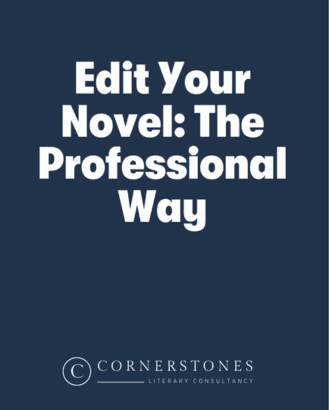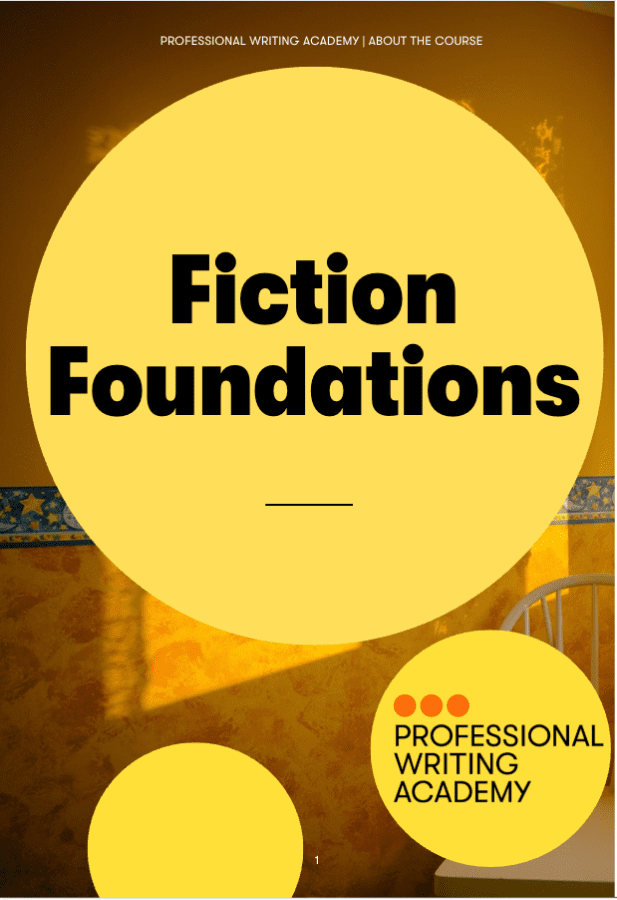Style guides, also known as style sheets or manuals of style, can be complicated, confusing, and simply a pain to use—for writers at any level.
The sheer number of rules—and the fact there are different guides for different industries and publishers—means that although they are an essential part of every writer’s life, their application can be a source of infinite frustration.
In this quick rundown, we’ll explore what a style guide is, why they’re important, the differences between the main guides, and how to make the most of them. T
Then, with the help of PWA tutor Lucy Cripps’ book Actually, the Comma Goes Here, we’ll dispel a few myths and clear up some common mistakes you might not even know you’re making.
So, let’s get going:
What is a style guide?
In essence, a style guide is a comprehensive set of rules that all published output of a particular organization, discipline, or industry will follow. The major style guides have to cover every possible grammatical and stylistic eventuality, so the printed versions can end up close to 1,000 pages.
Luckily for us, the majority of rules are very specialized and rarely, if ever, used by most writers. Day to day, we’ll refer to a handful of rules that commonly crop up in writing, and you can easily memorize them. However, if you’re a copywriter working for multiple clients in different industries, it gets easier and easier to slip up. Trust me…
Having a style guide to confirm unusual situations or contentious issues (Oxford comma, anyone?) means you can handle technical issues with an iron fist.
– Mo Harber-Lamond
Why is it important to follow a style guide?
There are two main reasons style guides are important:
Consistency
Staying consistent is essential whether you write romance fiction or legal documentation—and writers who don’t are the bane of their proofreader’s life.
Having a style guide to confirm unusual situations or contentious issues (Oxford comma, anyone?) means you can handle technical issues with an iron fist.
Once that’s out the way, it leaves room for the writer’s voice and for the text to do exactly what it’s intended to do. Which leads us to…
Clarity
Writing, especially content writing and other non-fiction work, should, above all else, be clear to read and leave no possibility for ambiguity. Style guides lay down the law so readers can easily understand the intended message.
Although unlikely, not following these rules may result in dire consequences, so just to be sure, it’s worth consulting your style guide to make sure you’re right.
In legal writing particularly, clarity is absolutely paramount. Unlike marketing writing, copywriting or academic writing, legal writing focuses on absolute function over form, and writers must follow their style guide to the letter to avoid costly mistakes.
Most publishing houses and media outlets create their own variations (or “house styles”) using a main style guide for the majority of rules and then tweaking certain features, which can cause confusion.
– Mo Harber-Lamond
Who uses what?
There are many style guides, but the five most common are:
- Chicago Manual of Style (CMS) – Used primarily for book publishing
- Associated Press (AP) – Used for newsprint
- Modern Language Association (MLA) – Used for academic journals and research
- American Psychological Association (APA) – Used for engineering, social sciences, and business
- The Blue Book – Used for legal documents
However, most publishing houses and media outlets create their own variations (or “house styles”) using a main style guide for the majority of rules and then tweaking certain features, which can cause confusion.
For example, Actually, the Comma Goes Here uses a house style variation of CMS. The CMS rule for colons is not to capitalize after a colon “unless it is a proper noun or more than two sentences following the colon.” But the house style for Actually uses a cap after the colon “if it introduces a complete sentence.” So, in the book you will find Lucy Cripps uses a cap after the colon. House style wins.
If you don’t fancy having two feet of expensive reference books lining your shelves, another option is to find yourself a cheat sheet which covers commonly used rules for the most popular guides.
– Mo Harber-Lamond
How do I get the most out of a style guide?
The best way to make the most of a style guide is simply to follow its rules. For common instances like the “cap after a colon” situation, after refreshing your memory a couple of times, you’ll just know the rule and follow it.
For those regularly using different style guides, it can be useful to own a copy of all the guides you’re likely to reference. If you don’t fancy having two feet of expensive reference books lining your shelves, though, another option is to find yourself a cheat sheet which covers commonly used rules for the most popular guides.
And look at that—Actually, the Comma Goes Here has just that in its back pages.
Getting to know the rules and following them well can make a real difference to how your writing is perceived—by both the reader and your boss—and if you want a cheat sheet, you can find one in the back of Actually, the Comma Goes Here.
– Mo Harber-Lamond
Common mistakes
- How many spaces after a period? – Just one will do, unless you’re working with APA, which requires two.
- Hyphens in shared nationalities – Only CMS and AP rule on this (house style may vary). CMS requires none (“African American”) and AP demands one (“African-American”).
- Serial or Oxford comma – Of the five main style guides, only AP rules that the serial comma is unnecessary.
- S’s or s’? – Again, all but AP demand a second “s” after a possessive apostrophe on a word ending in “s” (“Charles’s dog”). AP omits the second “s” (“Charles’ dog”).
***
While style guides may seem daunting to those who haven’t worked closely with them before and can prove problematic to even the most seasoned writer, they’re something we all have to use. Getting to know the rules and following them well can make a real difference to how your writing is perceived—by both the reader and your boss—and if you want a cheat sheet you know where to find one.
Now, am I getting paid for “three hour’s work” or “three hours’ work”…























